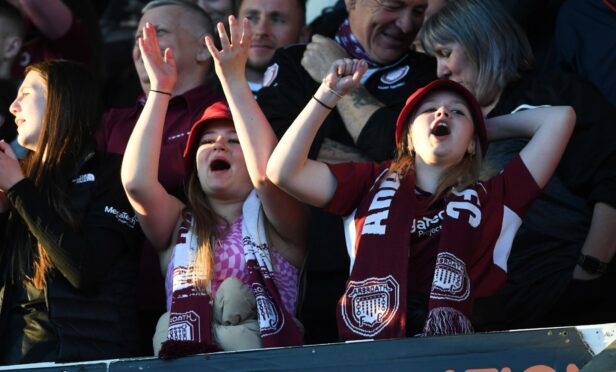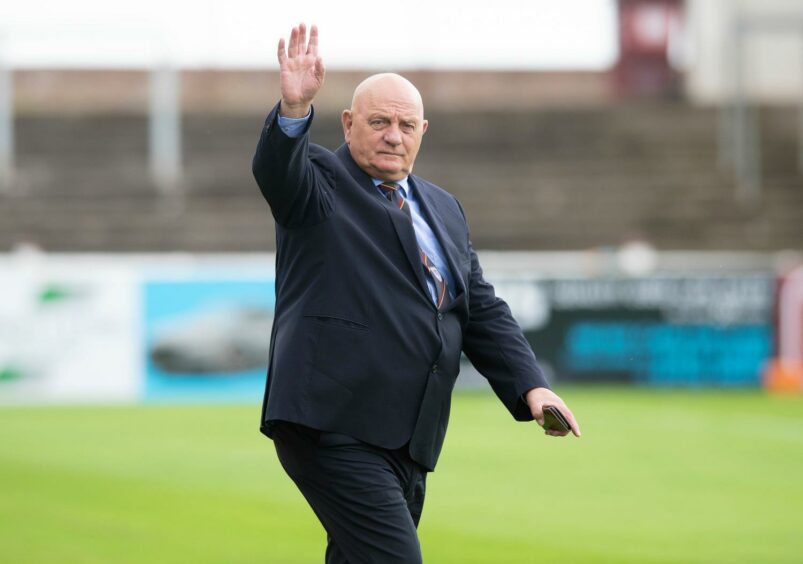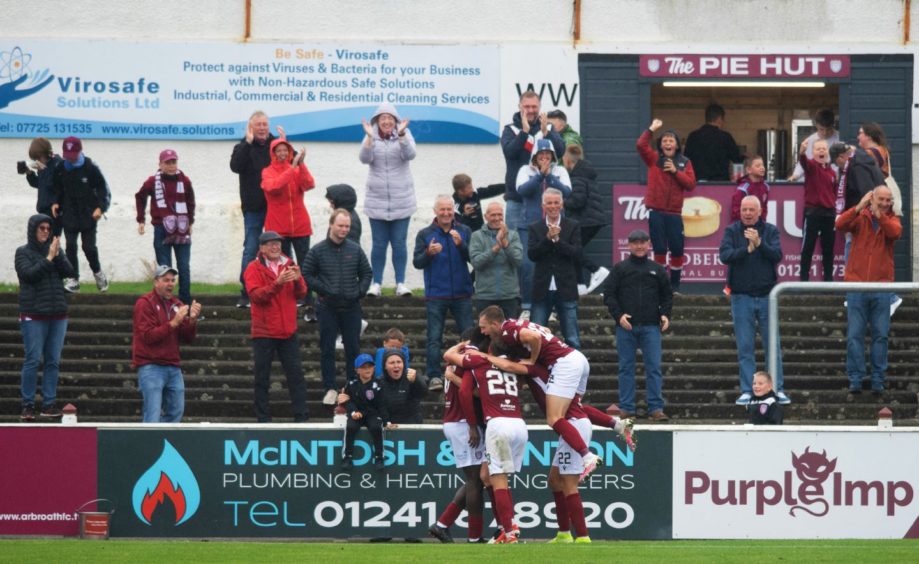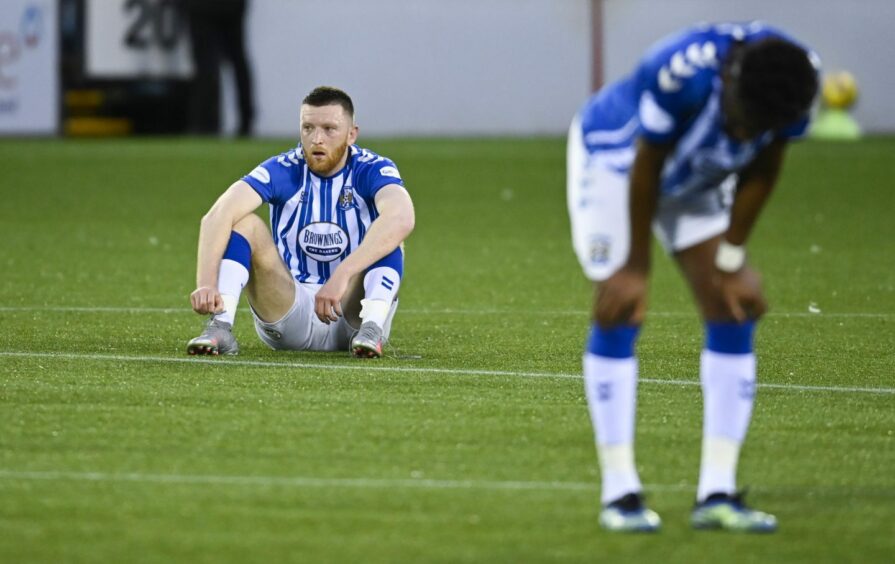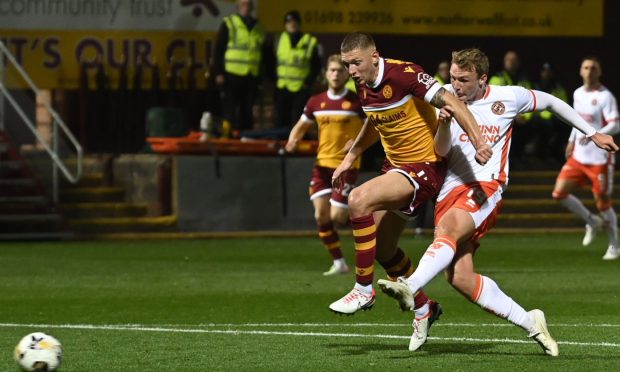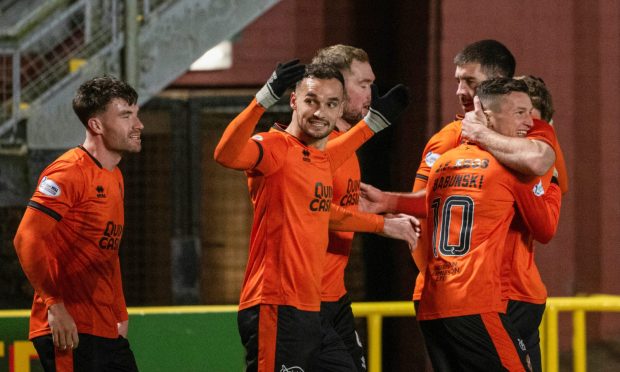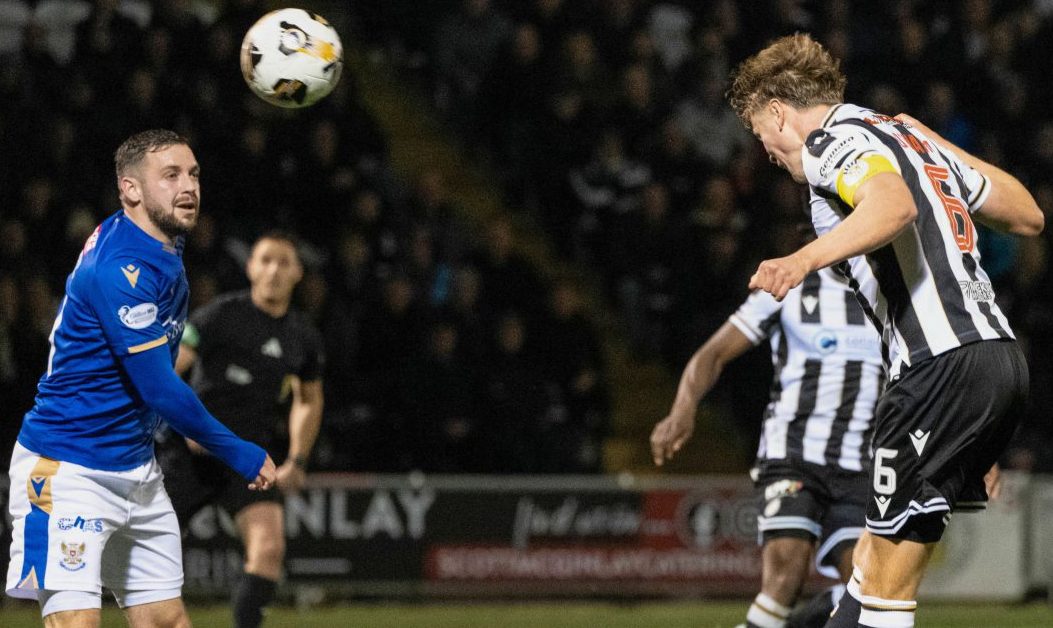The regular SPFL season might be coming to a close – but the action is far from over, with the excitement of the play-offs under way.
Arbroath fans are looking forward to their side’s first leg semi-final clash on Tuesday.
But season ticket holders who have followed their team week-in, week-out will have to pay to see their side in action in their final matches of the season.
It’s widely accepted that season books are valid only for league games, with cup competitions excluded.
But the play-offs are determined by and immediately follow on from the league fixtures, so why are they not covered in the SPFL Premiership play-offs?
Courier Sport looks at why supporters can’t use their season tickets for entry into the crucial ties.
Why are season tickets not valid?
Clubs are not trying to make a quick buck and milk their fans.
The simple answer is – it’s in the rules.
It comes down to section C26 of the SPFL rule book. Specifically, C26B, which states: “Clubs shall not include or provide for admission to a Premiership/Championship play-off match within any ‘season ticket’.
“All spectator admissions to a Premiership/Championship play-off match, whether ticketed or not, must be individually charged for, at least at the minimum prices specified.”
Those specified prices are as follows:
Quarter and semi-finals: minimum £12 for an adult, £6 a child or concession
Finals: £18 an adult, £12 a child or concession.
Who gets the money?
So, where does the cash go? Does the home club keep it? Is it split between the teams, like in cup games?
The answer is that things are different in the play-offs.
The home side does recoup some of the gate money – but only a fraction of what you’d think.
Of the total takings, 15% is set aside to cover operational costs of the fixture.
The SPFL takes 50% of the remaining income. This, in turn, is passed onto the relegated team(s) from the Premiership as a parachute payment.
The home club gets to keep the remaining takings from gate money and pay per view purchases.
Parachute payments
Money paid to the SPFL goes to fund the clubs that have dropped down to the Championship from the Premiership
It’s understood clubs that finish bottom of the league will receive a figure of £300k in their first season.
Should they spend another year in the Championship, they will get a further £125k.
If, like Kilmarnock last season, a Premiership team also goes down via the play-offs, they will be given £500k to soften the blow of dropping divisions.
Should they fail to make it back up at the first attempt, another £250k will come their way the following season.
Fans may not like the idea of paying extra for Premiership play-off ties, but the rules were all agreed upon by the SPFL clubs when sorting the play-off process in 2014.
The 50% levy for play-off takings was approved to prevent the cash being taken from the overall prize pot, which would affect the other clubs in the league.
What about the lower leagues?
Unlike the top flight, there is no parachute payment for teams dropping from the Championship, League One or League Two.
That means, the SPFL do not need to find a way of generating income to support those teams.
